Salomon Quartet - Haydn: String Quartets op 71 no 3 in E flat · op 74 no 1 in C (1987)
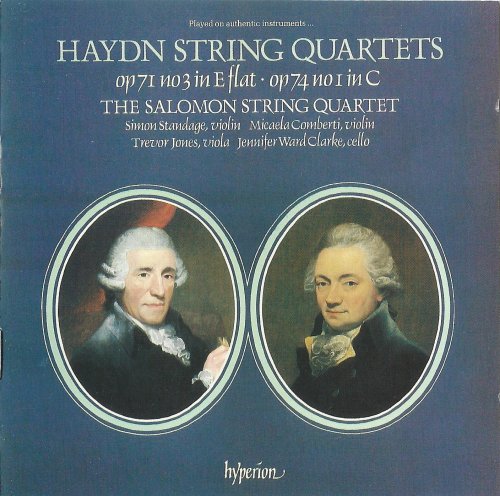
Artist: Salomon Quartet
Title: Haydn: String Quartets op 71 no 3 in E flat · op 74 no 1 in C
Year Of Release: 1987
Label: Hyperion / CDA66098
Genre: Classical
Quality: FLAC (tracks+.cue, scans)
Total Time: 59:20
Total Size: 383 MB
WebSite: Album Preview
Tracklist:Title: Haydn: String Quartets op 71 no 3 in E flat · op 74 no 1 in C
Year Of Release: 1987
Label: Hyperion / CDA66098
Genre: Classical
Quality: FLAC (tracks+.cue, scans)
Total Time: 59:20
Total Size: 383 MB
WebSite: Album Preview
1. String Quartet in E flat major, op 71 no 3: Vivace (9:13)
2. String Quartet in E flat major, op 71 no 3: Andante con moto (7:45)
3. String Quartet in E flat major, op 71 no 3: Menuetto — Trio (4:45)
4. String Quartet in E flat major, op 71 no 3: Finale: Vivace (4:01)
5. String Quartet in C major, op 74 no 1: Allegro moderato (9:50)
6. String Quartet in C major, op 74 no 1: Andantino grazioso (10:37)
7. String Quartet in C major, op 74 no 1: Menuetto (Allegretto) — Trio (4:42)
8. String Quartet in C major, op 74 no 1: Finale: Vivace (8:32)
Following its peremptory single-chord opening gesture, Haydn sets the Quartet Op 71 No 3 in motion with a theme whose melodic intervals of a falling third and a rising fourth inform the Vivace’s entire material. In the exposition’s second stage, the main subject is momentarily presented in a tightly knit canon; and following much chromatic slithering on the first violin, which brings with it the hint of a mini-cadenza, it is heard again in an ‘out-of-phase’ form against a pulsating repeated-note accompaniment.
The central development section begins with a turn to the minor, and Haydn soon uses the staccato repeated notes from the main subject’s tail-end to effect a splendid switch of key. By altering the notation of the third degree of the E flat minor scale from G flat to its aural equivalent F sharp, and by having the cello’s staccato repeated notes move up a semitone, from B flat to B natural, he is able to take the music at a stroke into the key of B minor. The development also incorporates a false reprise in A flat major, which no doubt explains why the main theme is cut so drastically short when the real recapitulation arrives. There is also a substantial coda which begins by recalling the sound of the tonic minor, and ends in a riot of trills.
The slow movement is one of those pieces in which Haydn delights in fusing the forms of variation and rondo. The harmonization of the theme itself incurs the use of ‘forbidden’ parallel octaves between the two violins; and to make sure their presence would not be regarded as an oversight on his part, Haydn excuses himself by writing the word licenza into the second violin part. The plangent sound of the octaves serves to stress the theme’s Balkan flavour, which is further enhanced by the fact that its first half cadences into the minor—and a wholly unexpected minor key at that. The opening stage is followed by a closely related minor-mode theme (there are more proscribed parallel octaves in its second half), as though the piece as a whole were to be cast in that characteristic double variation form that finds Haydn varying two themes alternately. Such a form is at first contradicted by the simple, rondo-like return of the initial theme; but then confirmed after all by a fully fledged variation of the same theme featuring a ‘running’ part in semiquaver triplets for the first violin. The minor-mode theme makes a return, too, now darkly scored with all four instruments playing at the lowest end of their range. Its second half, however, takes off in a new direction, before it eventually dissolves—in an overwhelming contrast of tone-colour—into a variation of the initial theme, played staccato assai in an ethereally high register. From this point on, the sectional form is abandoned altogether, as the music gropes its way towards a close tinged with melancholy, and coloured once more by Haydn’s parallel octaves.
The gracefully flowing lines of the minuet may remind us of the trio from the corresponding movement of Haydn’s famous ‘Surprise’ Symphony No 94. The quartet piece actually behaves more like a trio than a minuet, and not only does it begin away from the home key, but it fails altogether to establish that key until just a few bars before its close. Nor, harmonically speaking, is the trio a great deal better behaved, though the closing bars of each of its halves, taking Salomon’s violin up into the stratosphere, are more orderly.
The finale finds Haydn taking a stab at the quick waltz, though as things turn out the tune’s simple accompaniment serves to offset some rigorous contrapuntal writing elsewhere in the piece. So keen is Haydn to maintain the counterpoint of the energetically contrapuntal episode which follows the opening pages that he curtails the reprise of the waltz-tune to a mere four bars, as though it were a false alarm. The genuine reprise occurs shortly afterwards, and in the closing pages Haydn introduces a different kind of counterpoint whereby the tune is transferred to the bass while a new, syncopated theme unfolds above it. At the end, the scurrying figuration of the episode returns in a non-contrapuntal form, to bring the work to a brilliant close.
from notes by Misha Donat © 2011
The central development section begins with a turn to the minor, and Haydn soon uses the staccato repeated notes from the main subject’s tail-end to effect a splendid switch of key. By altering the notation of the third degree of the E flat minor scale from G flat to its aural equivalent F sharp, and by having the cello’s staccato repeated notes move up a semitone, from B flat to B natural, he is able to take the music at a stroke into the key of B minor. The development also incorporates a false reprise in A flat major, which no doubt explains why the main theme is cut so drastically short when the real recapitulation arrives. There is also a substantial coda which begins by recalling the sound of the tonic minor, and ends in a riot of trills.
The slow movement is one of those pieces in which Haydn delights in fusing the forms of variation and rondo. The harmonization of the theme itself incurs the use of ‘forbidden’ parallel octaves between the two violins; and to make sure their presence would not be regarded as an oversight on his part, Haydn excuses himself by writing the word licenza into the second violin part. The plangent sound of the octaves serves to stress the theme’s Balkan flavour, which is further enhanced by the fact that its first half cadences into the minor—and a wholly unexpected minor key at that. The opening stage is followed by a closely related minor-mode theme (there are more proscribed parallel octaves in its second half), as though the piece as a whole were to be cast in that characteristic double variation form that finds Haydn varying two themes alternately. Such a form is at first contradicted by the simple, rondo-like return of the initial theme; but then confirmed after all by a fully fledged variation of the same theme featuring a ‘running’ part in semiquaver triplets for the first violin. The minor-mode theme makes a return, too, now darkly scored with all four instruments playing at the lowest end of their range. Its second half, however, takes off in a new direction, before it eventually dissolves—in an overwhelming contrast of tone-colour—into a variation of the initial theme, played staccato assai in an ethereally high register. From this point on, the sectional form is abandoned altogether, as the music gropes its way towards a close tinged with melancholy, and coloured once more by Haydn’s parallel octaves.
The gracefully flowing lines of the minuet may remind us of the trio from the corresponding movement of Haydn’s famous ‘Surprise’ Symphony No 94. The quartet piece actually behaves more like a trio than a minuet, and not only does it begin away from the home key, but it fails altogether to establish that key until just a few bars before its close. Nor, harmonically speaking, is the trio a great deal better behaved, though the closing bars of each of its halves, taking Salomon’s violin up into the stratosphere, are more orderly.
The finale finds Haydn taking a stab at the quick waltz, though as things turn out the tune’s simple accompaniment serves to offset some rigorous contrapuntal writing elsewhere in the piece. So keen is Haydn to maintain the counterpoint of the energetically contrapuntal episode which follows the opening pages that he curtails the reprise of the waltz-tune to a mere four bars, as though it were a false alarm. The genuine reprise occurs shortly afterwards, and in the closing pages Haydn introduces a different kind of counterpoint whereby the tune is transferred to the bass while a new, syncopated theme unfolds above it. At the end, the scurrying figuration of the episode returns in a non-contrapuntal form, to bring the work to a brilliant close.
from notes by Misha Donat © 2011
Download Link Isra.Cloud
Haydn - String Quartets op 71 no 3 in E flat · op 74 no 1 in C.rar - 383.5 MB
Haydn - String Quartets op 71 no 3 in E flat · op 74 no 1 in C.rar - 383.5 MB
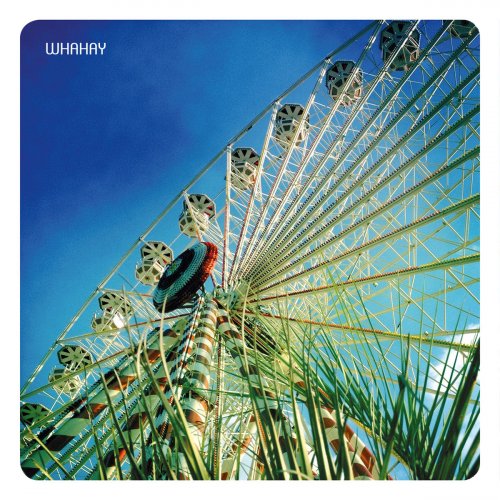
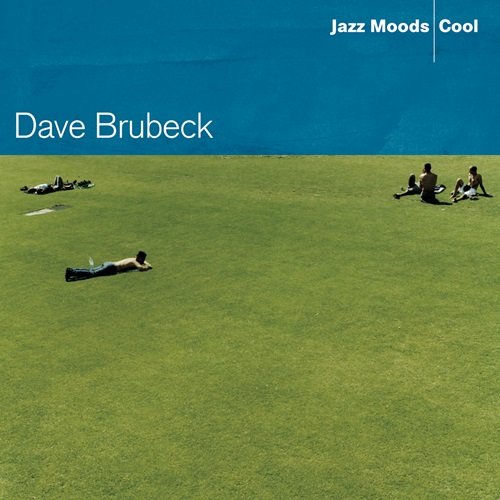
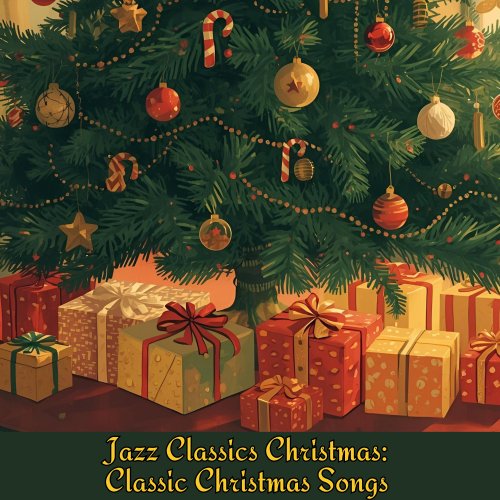
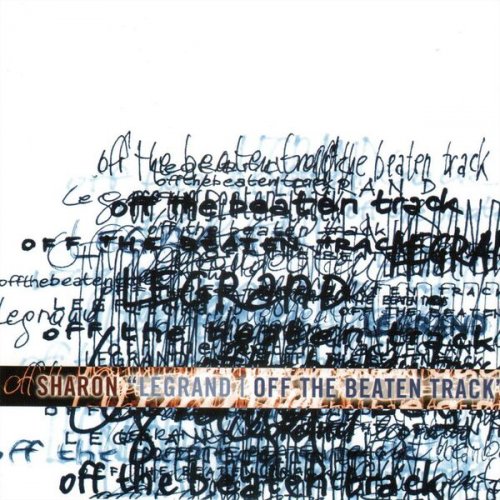
![Koldo Munné & 1520's Ensemble - Live at Jamboree Live Music (2025) [Hi-Res] Koldo Munné & 1520's Ensemble - Live at Jamboree Live Music (2025) [Hi-Res]](https://www.dibpic.com/uploads/posts/2025-12/1765846749_ck2b0xbsb8jna_600.jpg)
![Joshua White - Flora and Fauna: 9 Preludes for Solo Piano (2025) [Hi-Res] Joshua White - Flora and Fauna: 9 Preludes for Solo Piano (2025) [Hi-Res]](https://img.israbox.com/img/2025-12/19/1w90raxdb6ohgwszk3wk3pfts.jpg)


